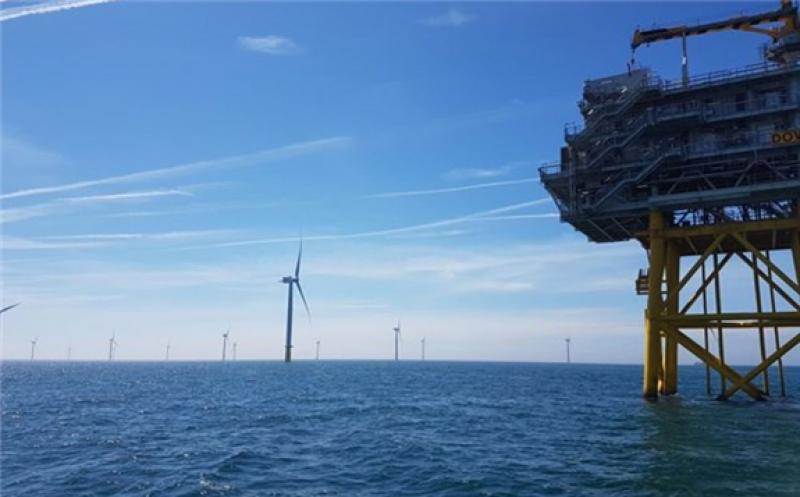National Grid Electricity Systems Operator (ESO) believes using shared transmission to link UK wind farms from 2025 could result in missed 2030 deployment targets of 40GW.

The grid operator found an integrated approach from 2025 could save £6bn (€6.55bn) or 18% in capital and operating expenditure between now and 2050 but would be too complex to bring in in the next five years.
A shared network from 2030 would save less, around £3bn, but is believed to be a more achievable timeline for an integrated network, according to a final report for the first phase of grid operator’s offshore coordination project, which forms part of a wider BEIS review into offshore transmission.
National Grid said it has conducted a new sensitivity analysis on the impact of commencing integration next decade following stakeholder feedback on its earlier report.
The grid operator said it believes delivering integrated grids before 2025 would be “extremely challenging and potentially risk meeting the target of 40GW of offshore wind by 2030”.
New figures show an integrated approach from 2030 would save 8% on the total cost transmission infrastructure between now and 2050 and could facilitate a 30% reduction in the new electricity assets required associated with these offshore connections compared to the status quo.
The reduction in infrastructure could bring significant environmental and social benefits, National Grid said.
“There is therefore a need to deploy innovative and flexible approaches to the connection of offshore wind in the intervening period until a new enduring, integrated, approach is in place,” the report’s authors wrote.
“This would be with the aim that, as much as possible, the benefits of an integrated approach can be captured for consumers and communities without placing the delivery of projects underway and the 2030 offshore wind target at undue risk.”
Vattenfall welcomed the findings of the final report.
“National Grid ESO is right to examine what additional coordination can begin on projects which are in the early planning stages,” said project director for Vattenfall’s 1.8GW Norfolk Vanguard and 1.8GW Norfolk Boreas projects Rob Anderson.
“Further delaying projects which already have agreed grid connections, have entered the planning process and are in the later stages of development presents a serious risk that the UK will not meet the target of installing 40GW of offshore wind by 2030.”
Vattenfall hopes to generate first power from its Norfolk Projects in the late 2020s.